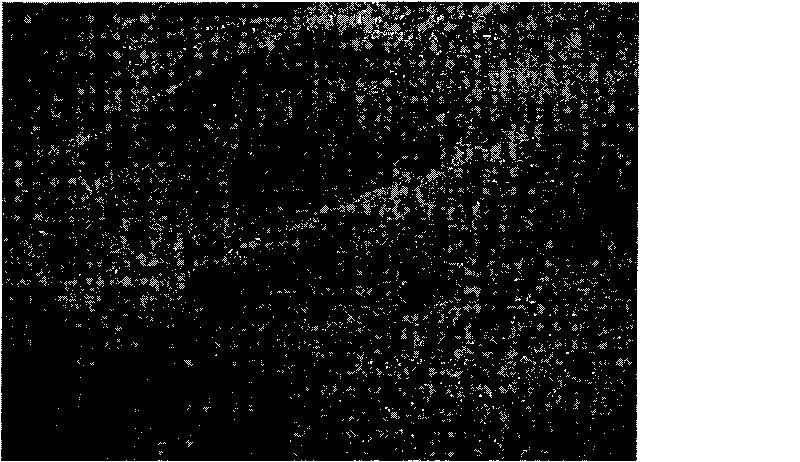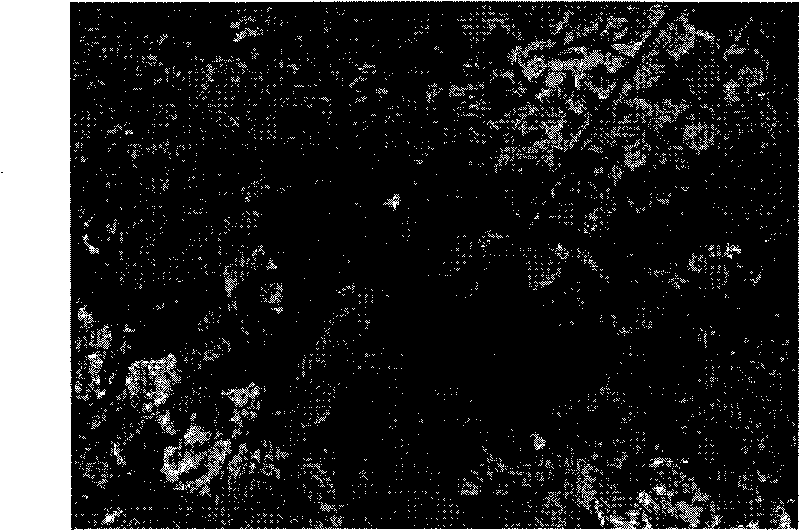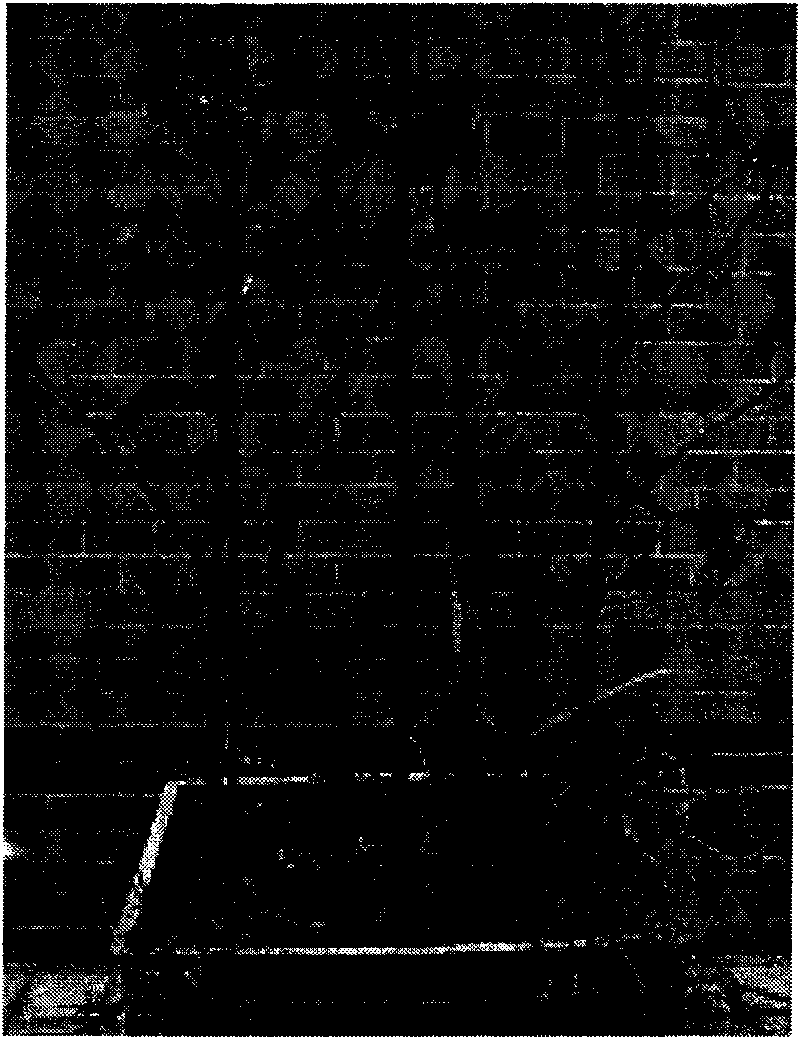Method for removing heavy metals in soil
A heavy metal and soil technology, applied in the restoration of polluted soil, etc., can solve the problems of plant configuration technology in dump sites of heavy metal mining, reconstruction of single vegetation species, and unstable growth conditions, etc., to improve the landscape of dump sites, The effect of fast growth and improving the ability of water and fertilizer retention
- Summary
- Abstract
- Description
- Claims
- Application Information
AI Technical Summary
Problems solved by technology
Method used
Image
Examples
Embodiment 1
[0033] Example 1 Vegetation investigation and screening of Pb / Zn / Cu tolerant plants
[0034] Ecological surveys of vegetation status were carried out in nine copper / lead-zinc mining areas in Guangdong, Anhui, Hubei, Jiangsu and Yunnan, and 217 species of 85 genera and species of higher plants were recorded and analyzed. Taking into account the biomass, dominance, heavy metal content of plants in the settlement and their corresponding soil heavy metal content, 35 species of copper-tolerant plants and 45 species of lead and zinc-tolerant plants were preliminarily screened. Through indoor hydroponics or soil culture tests, 16 Cu-tolerant plants were verified, namely: Radix Heliconia, Commelina officinalis, Venus flytiger, Polygonum cephala, Polygonum sorrel, Polygonum serrata, Artemisia vulgaris, Fusarium spp. , female Lou Cai, Zaipangui, sorrel, pokeweed, ramie, Artemisia annua and foxtail. 15 species of lead and zinc tolerant plants, namely: Dianbaiqian, Pianbaiye, Kui Artemis...
Embodiment 2
[0035] Example 2 Three-dimensional plant configuration mode for indoor potted plants
[0036] In September 2007, the heavy metal contaminated soil was collected from the Dabaoshan abandoned land and transported back to the laboratory, and a potted experiment was used to construct a three-dimensional vegetation restoration model of tree-shrub-grass. The upper vegetation is planted with Cd-tolerant plants star fruit, the middle layer is planted with shrubs such as peach blossoms, ramie, etc., and the lower layer is planted with herbs Zn-tolerant plants Sedum sedum, Cu-tolerant plants Duckweed, polymetal-tolerant grass species Bermudagrass, tall fescue, etc. A total of 16 combinations were designed with different arbor-shrub-grass or arbor-grass configuration patterns. Arbor carambola seedlings were seedlings cultivated in the field, ground peach blossoms and ramie were stem-propagated cuttings, and southeast sedum and duck toe were collected from the mining area. The wild seedli...
Embodiment 3
[0037] Example 3 Dabaoshan Dump Site Vegetation Restoration Configuration Mode
[0038] Seedlings in the field include eucalyptus, paulownia, camphor, masson pine and other saplings; rhizomes are used to raise seedlings in direct nutrient bags; bermudagrass and tall fescue are collected in autumn. The bred seedlings are planted in heavy metal polluted dumps according to the area ratios of trees, shrubs and herbs respectively being 10-20%, 20-30% and 50-70%. The planting spacing of trees is 5m, and the planting spacing of shrubs is 1m. The density of bermudagrass and tall fescue grass seeds is 20kg per hectare of land area. Loosen the field ridge in the middle of the planting belt, spread it, smooth it, and cover it with a layer. straw. Depending on the survival and growth of the seedlings, replant certain seedlings. After one year, a stable vegetation community was basically established on the bare land of the dump, with a coverage of 70-80% ( Figure 4 ).
PUM
 Login to View More
Login to View More Abstract
Description
Claims
Application Information
 Login to View More
Login to View More - R&D
- Intellectual Property
- Life Sciences
- Materials
- Tech Scout
- Unparalleled Data Quality
- Higher Quality Content
- 60% Fewer Hallucinations
Browse by: Latest US Patents, China's latest patents, Technical Efficacy Thesaurus, Application Domain, Technology Topic, Popular Technical Reports.
© 2025 PatSnap. All rights reserved.Legal|Privacy policy|Modern Slavery Act Transparency Statement|Sitemap|About US| Contact US: help@patsnap.com



